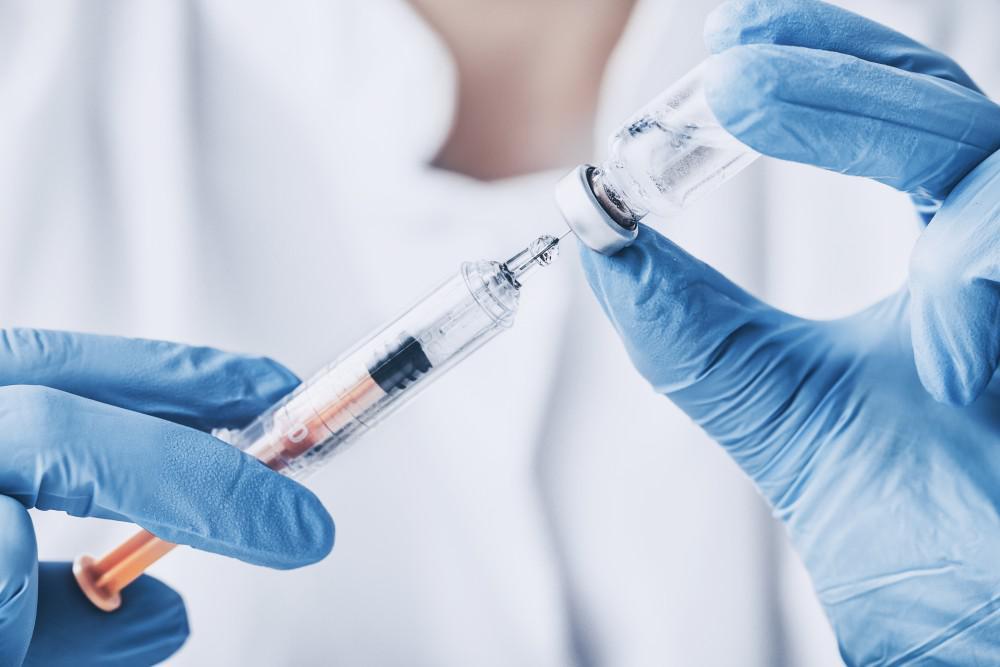Regenerative medicine aims to replace tissues that have been damaged due to congenital issues, disease or trauma. While regenerative medicine includes tissue engineering, it also focuses on supporting the body’s ability to heal itself. This article will explain how regenerative medicine works.
How does regenerative medicine work?
Regenerative medicine helps the body to use its own systems to rebuild tissues and organs. Sometimes foreign biological material is used to help with this process. Health practitioners in this field focus on cures instead of treatments for chronic diseases.
Some antibiotics, like Cipro, can cause damage to your cells. Cipro side effects include tiredness, stomach pain and vomiting. Some people may even develop severe tendonitis after using Cipro. These chronic tendon problems take place because Cipro inhibits an enzyme that your cells need. Regenerative medicine can help in these cases.
Working To Mend Damaged Tissues
Researchers work to build an extra-cellular matrix from proteins, plastics, and a wide array of other possible sources. This matrix or scaffold allows cells with a combination of growth factors to be introduced. If the environment is ideal, a tissue will develop.
This process has been used to bioengineer tissues for organs such as the heart, liver and kidneys. Researchers hope to eventually be able to construct scaffolds from tissue that have been discarded by the patient during surgery and use that to build organs that their body would not reject. For example, they are working on helping thousands of patients with kidney disease by being able to regenerate new kidneys from the patient’s original cells.
Current Successes
Currently, regenerative medicine has helped patients with a wide range of medical conditions. Small arteries have been implanted successfully. So have supplemental bladders and cartilage. Many of these procedures are costly and some are still in the early stages, so they’re not always available at a clinic near you.
The results that have been seen with cartilage provide fresh hope for people who have bum knees. Cartilage has always been difficult to repair because it doesn’t have its own blood supply to help with regeneration. A biological gel can now be injected into the knee after microfracture surgery, in order to help cartilage heal.
All patients who have had this new method of treatment experienced less pain six months after their surgery. This is in sharp contrast to the majority of microfracture patients, who return to their original level of pain within six months after their surgery.

